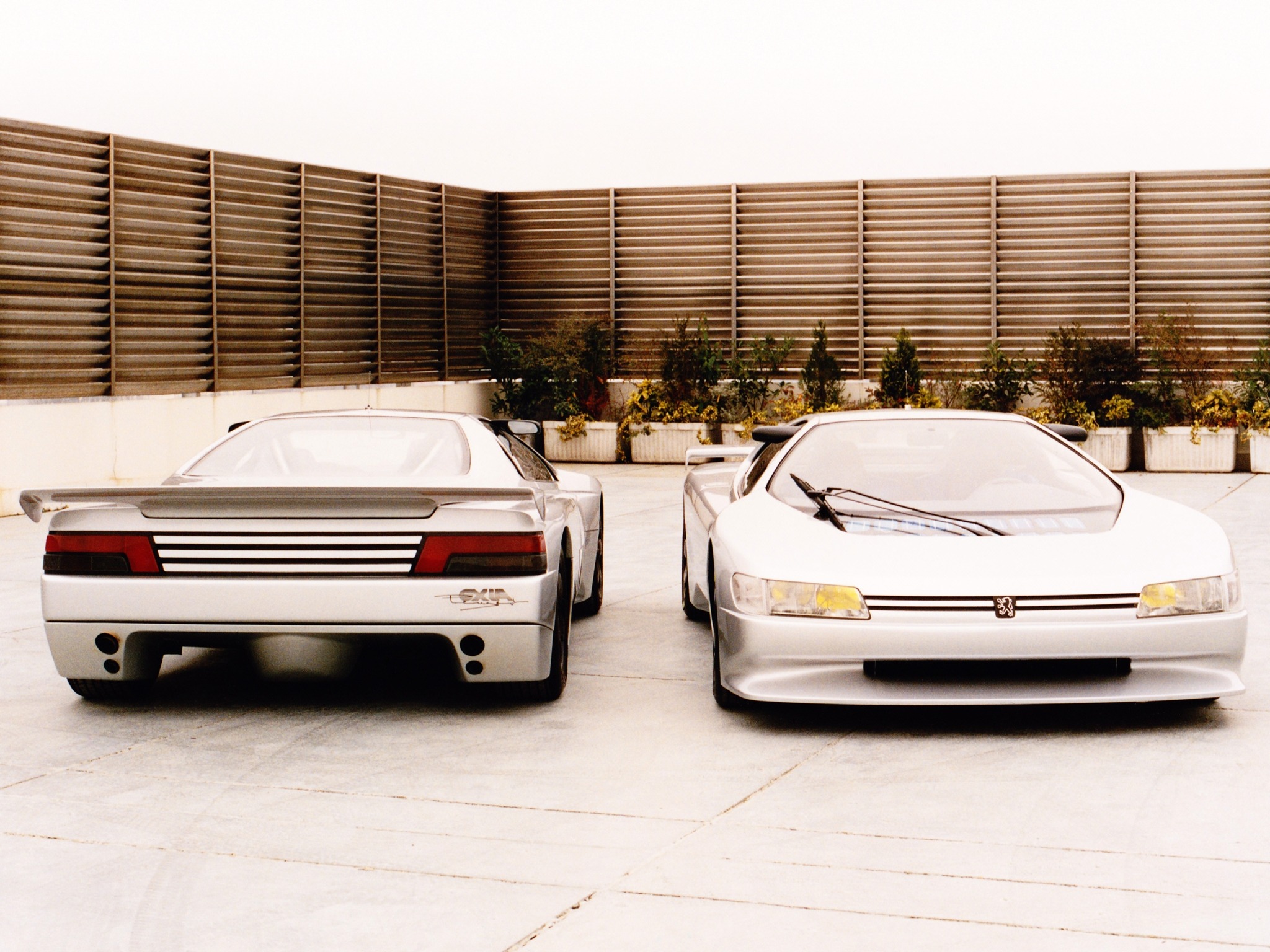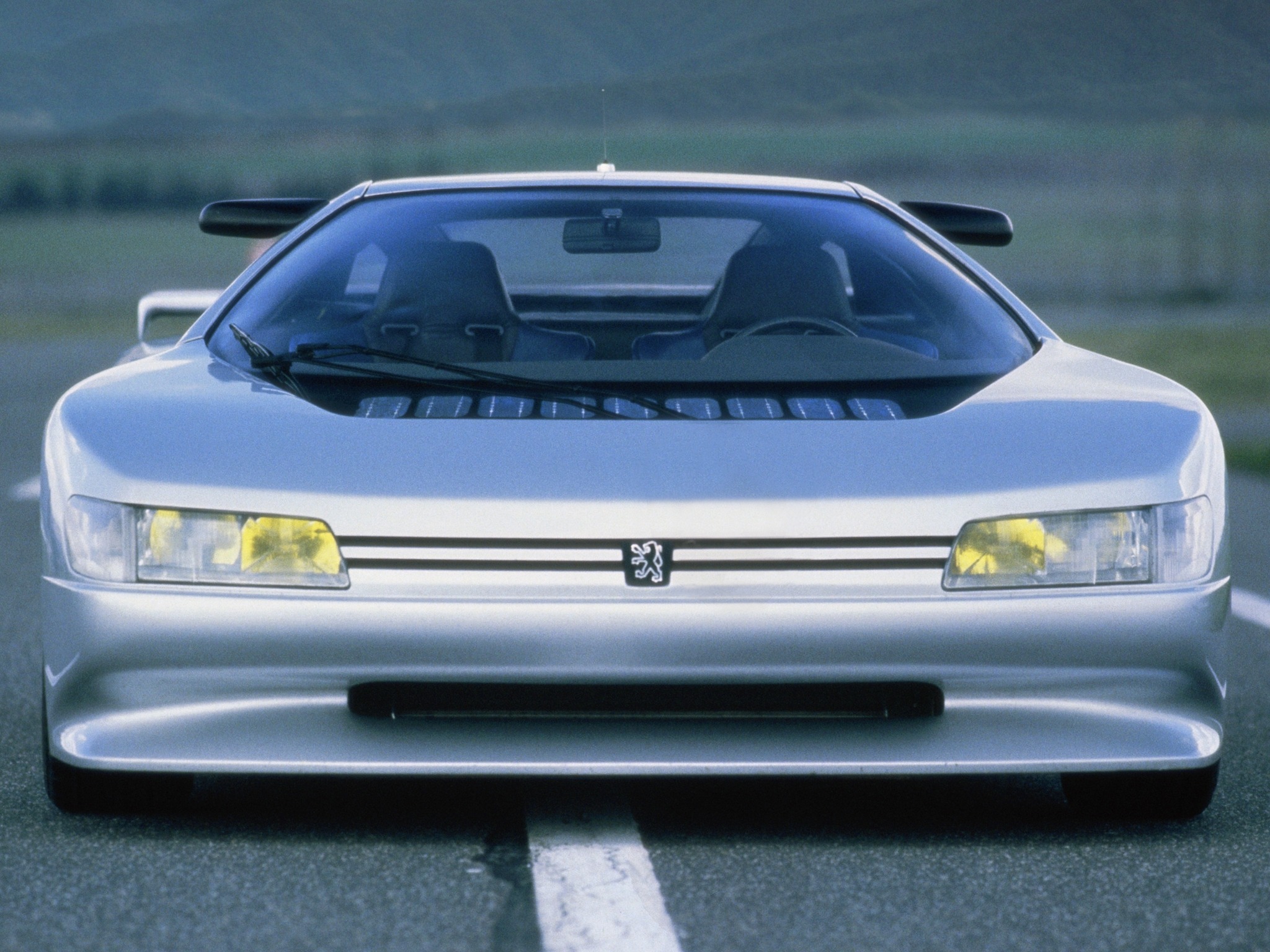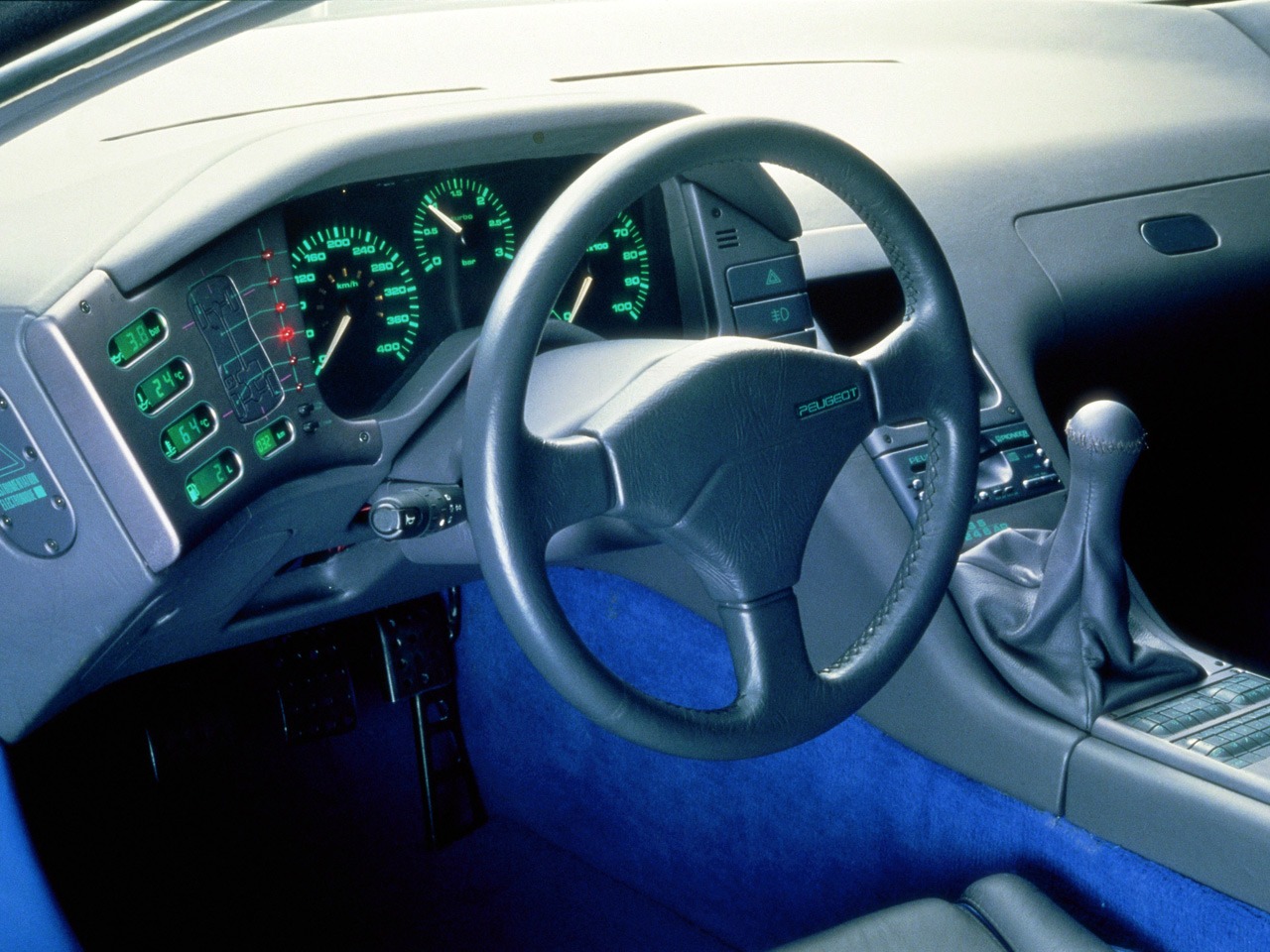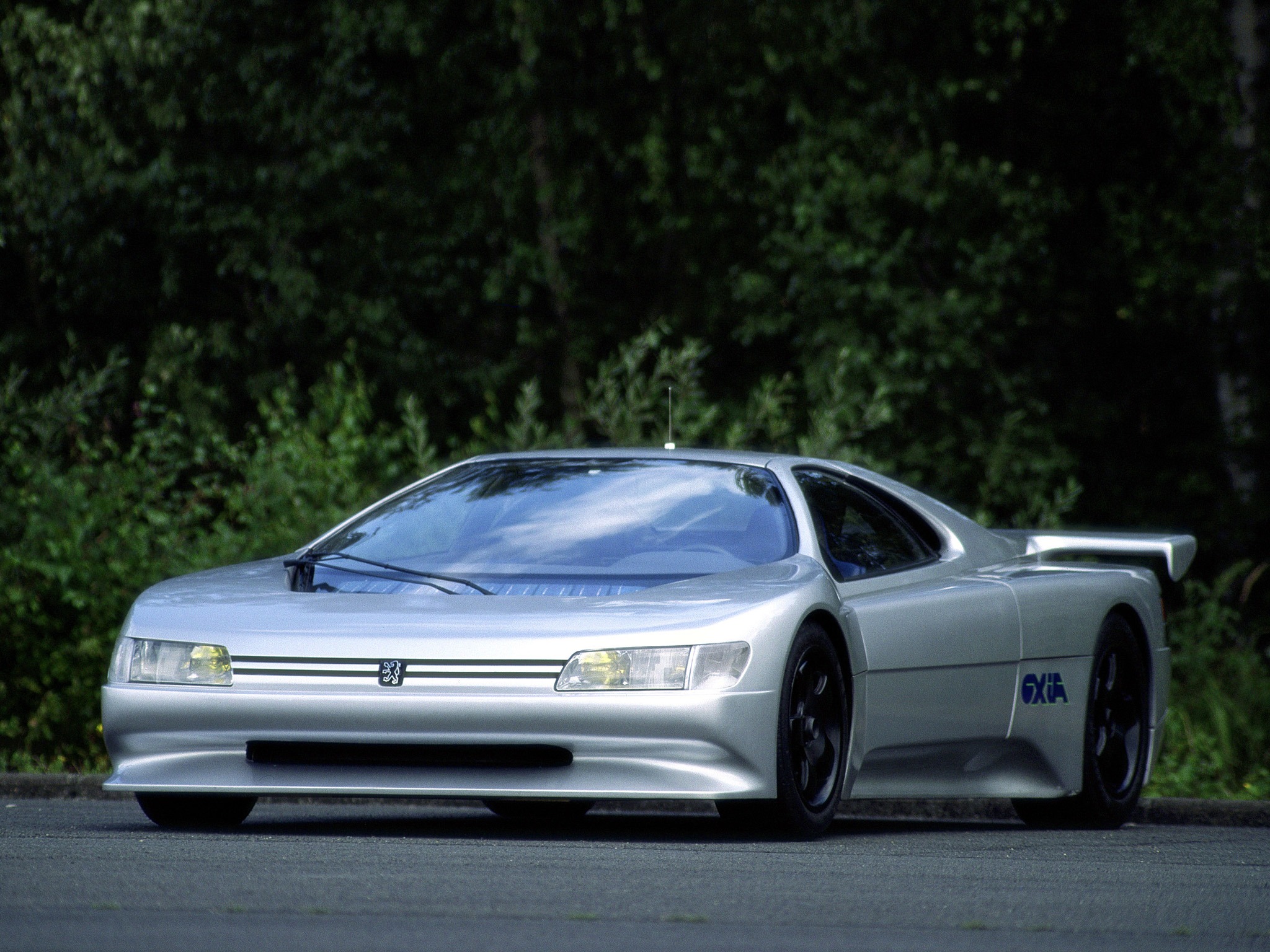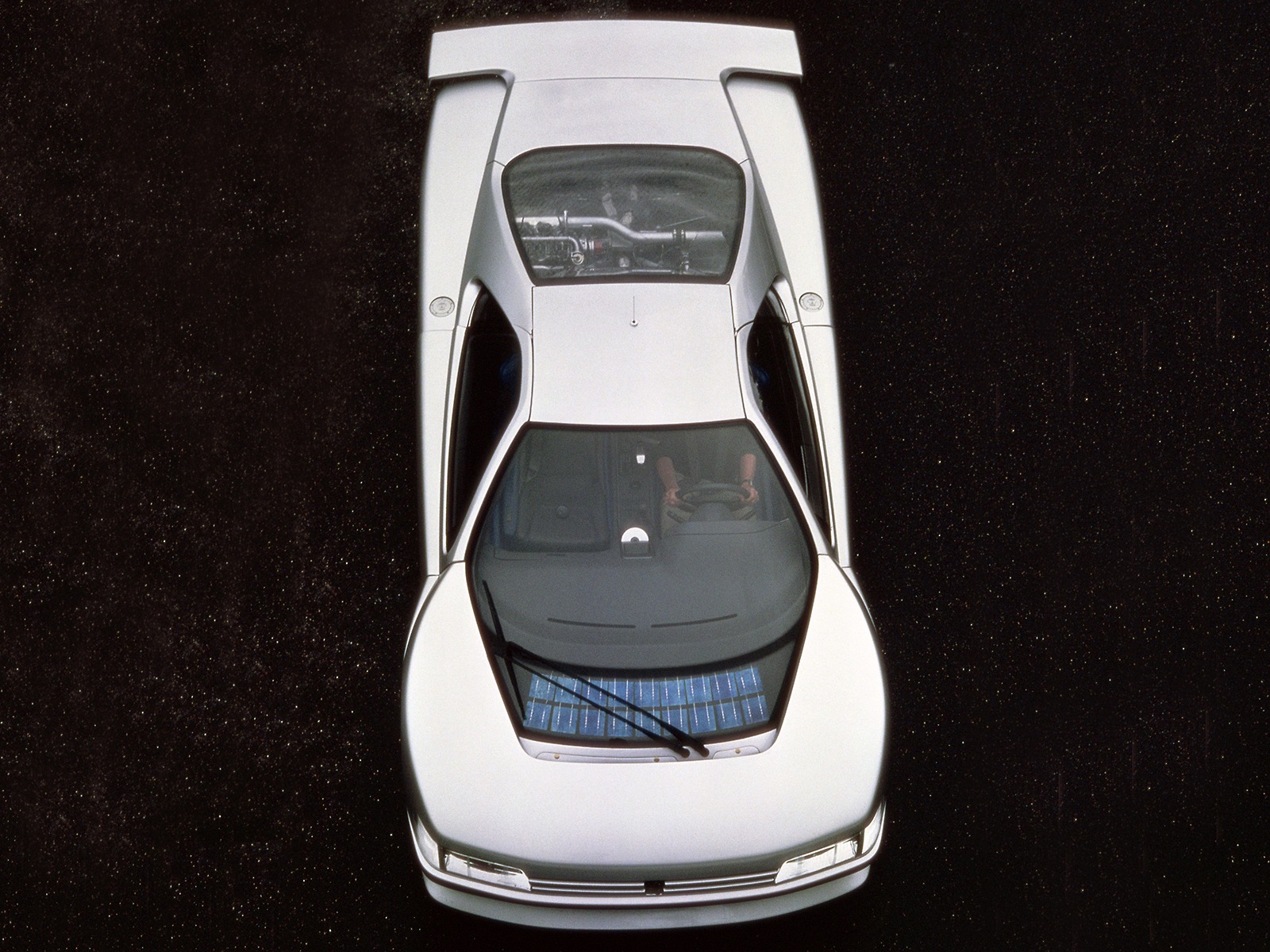Named after Oxia Palus, a zero-latitude zero-longitude area on Mars, the Oxia was designed and created by stylists at Peugeot’s La Garenne research center in France, the Oxia was powered by a 680-horsepower transversely-mounted V6 engine, and had a top speed of over 200 miles per hour. The exterior was made of carbon fiber, Kevlar, and epoxy-resin composite bonded to aluminum honeycomb and sheet panels, giving the car a light weight and superb handling. A communications center, equipped with a computer, display screen, radio, and telephone, controlled the interior climate and provided travel data and navigational information. The radio/telephone also provided information on upcoming routes and destinations. The air conditioning system, controlled by computers, ensured the selected temperature and airflow were maintained regardless of external conditions affecting the car. When the car stopped, the system withdrew power from eighteen solar cells to maintain airflow through the passenger compartment.

